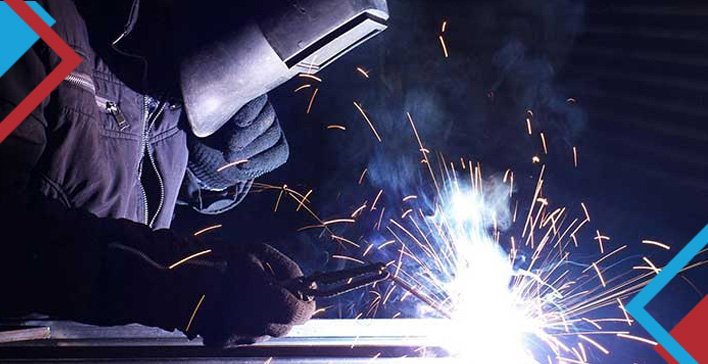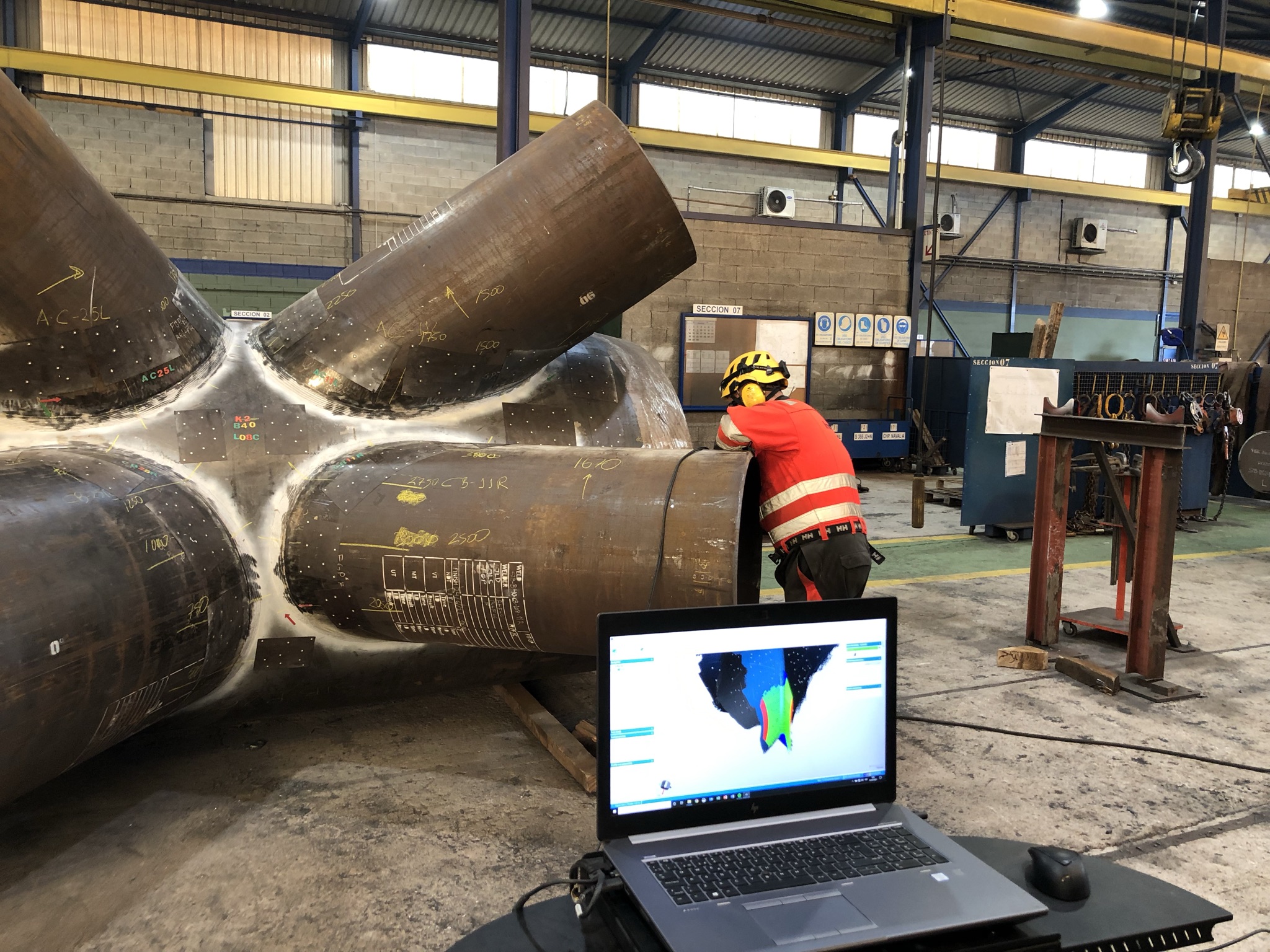Pipeline Welding Inspection: Ensuring Safety and Top Quality in Every Weld
Recognizing the Fundamentals of Pipe Welding Inspection: Important Variables for Reviewing Weld Quality and Averting Failings
In the world of pipe welding examination, the risks are unquestionably high, requiring a comprehensive understanding of essential principles to ensure weld quality and alleviate failure threats. Different critical variables come right into play, consisting of the choice of appropriate materials, the application of sophisticated evaluation strategies, and the acknowledgment of prevalent welding issues.
Significance of Weld Top Quality
The honesty of a pipeline is basically reliant on the quality of its welds, making weld top quality a critical aspect in making certain safe and effective procedure. A pipe weld works as a junction point where products are signed up with, and any type of shortages around can cause considerable structural weak points. Poor weld top quality can result in leaks, tears, and tragic failings, posing severe security hazards and environmental dangers.
A number of aspects add to the top quality of a weld, including the option of welding process, the skills of the welder, and the problems under which the welding is performed - Pipeline Welding Inspection. Inadequate preparation, improper heat input, and contamination can endanger weld honesty, causing problems such as porosity, insufficient fusion, or fractures. For that reason, strict quality assurance steps need to be applied throughout the welding procedure to minimize these threats
In addition, the long-lasting efficiency of a pipeline is greatly influenced by the toughness of its welds. High-grade welds not only boost the total stamina of the pipeline yet likewise prolong its service life, reducing the requirement for pricey repairs and downtime. Hence, making certain superior weld top quality is extremely important in pipe style and maintenance techniques.
Key Inspection Methods
Making certain weld high quality requires the implementation of effective assessment methods to determine potential imperfections prior to they bring about failings. Pipeline Welding Inspection. Amongst one of the most widely used approaches are visual inspection, radiographic screening (RT), ultrasonic screening (UT), and magnetic fragment screening (MT) Each technique offers an unique purpose and is picked based on the specific requirements of the pipe job
Visual inspection is the initial line of protection, allowing inspectors to evaluate surface problems, alignment, and total handiwork. It is a fast and cost-efficient method that can reveal evident problems. Radiographic screening provides an in-depth view of internal weld honesty by utilizing X-rays or gamma rays to identify subsurface defects. This technique is especially effective for recognizing splits, incorporations, and voids.
Ultrasonic screening employs high-frequency sound waves to assess the density and stability of welds, making it optimal for identifying inner stoppages. Magnetic fragment testing is a reputable method for identifying surface and near-surface problems on ferromagnetic products by applying electromagnetic fields and fine ferrous fragments. By using these key assessment methods, pipeline welding inspectors can guarantee the finest quality requirements are preserved, inevitably causing more secure and extra reputable pipeline systems.
Common Welding Flaws
Among the most common flaws are porosity, which happens when gas allures in the weld metal, producing voids that deteriorate the joint. One more considerable problem is absence of blend, where the weld metal does not properly bond with the base product, jeopardizing the joint's strength.

Cracks are additionally a critical problem, manifesting in various kinds such as hot cracks, chilly cracks, and origin cracks. Each type postures one-of-a-kind obstacles and needs particular inspection strategies for discovery. Undercut is another flaw that can reduce the weld's cross-sectional area, resulting in stress and anxiety concentration factors, while slag inclusion happens when non-metallic material ends up being caught in the weld swimming pool, negatively influencing the mechanical residential properties of the weld.
Furthermore, wrong grain shape can result in irregular tension circulation. Recognizing these common defects is crucial for welders and assessors alike, as early detection and modification are crucial to making certain the longevity and integrity of pipeline systems.

Products and Their Influence
Picking the ideal materials for pipe welding significantly affects the general performance and integrity of the bonded joints. The option of base steels, filler products, and coatings plays a crucial role in identifying the strength, corrosion resistance, and toughness of the welds. As an example, carbon steel is commonly utilized for its balance of toughness and expense, however it may be susceptible to deterioration in particular environments, requiring making use of safety finishes or corrosion-resistant alloys.
In addition, dissimilar steel welding needs mindful factor to consider of thermal expansion properties and possible galvanic corrosion. The compatibility of products can considerably impact the microstructure of the weld, causing variations in mechanical properties. For instance, stainless-steel provides superb corrosion resistance but might require particular filler products to ensure a sound weld joint.
In enhancement, the impact of temperature and ecological problems on product choice can not be undervalued. High-strength steels may lose ductility at raised temperature levels, while low-temperature applications may call for materials with improved strength. Eventually, comprehending the implications of product choices is vital for attaining ideal weld quality and stopping failings in pipe systems.

Governing Specifications and Conformity
Regulatory requirements and conformity play an essential role in pipeline welding, establishing the framework within which effective and safe techniques are preserved. These standards are developed by different companies, including the American Culture of Mechanical Designers (ASME), the American Welding Culture (AWS), and the Pipe and Hazardous Products Safety Management (PHMSA) Following these guidelines makes sure that welding procedures meet the needed high quality and security benchmarks.
Conformity with regulatory requirements is crucial not only for making certain the stability of the welds yet also for safeguarding the setting and public security. Examiners are entrusted with validating that welding procedures abide by these requirements via extensive exams of linked here both the processes and the last welds. This entails evaluating welder credentials, welding treatments, and the products made use of.
Failure to follow established guidelines can result in substantial repercussions, including pricey repairs, legal liabilities, and catastrophic failings. Therefore, companies need to incorporate conformity into their functional practices, fostering a society of safety and top quality. Normal training and audits are crucial elements in maintaining adherence to these regulatory criteria, guaranteeing that all employees are educated Get More Information and furnished to copyright the highest degree of pipeline welding top quality.
Conclusion
To conclude, a detailed understanding of pipeline welding examination is vital for guaranteeing weld quality and stopping failings. By using key inspection strategies and recognizing common welding defects, inspectors can successfully examine the stability of welds. Factor to consider of product option and adherence to governing standards additionally enhance the integrity and security of pipeline systems. Inevitably, these techniques add to the avoidance of leakages and tragic failings, emphasizing the crucial relevance of rigorous inspection procedures in pipe building and maintenance.
In the world of pipe welding examination, the stakes are unquestionably high, necessitating a detailed understanding of fundamental concepts to make sure weld top quality and minimize failing threats (Pipeline Welding Inspection).The honesty of a pipe is essentially dependent on the quality of its welds, making weld quality an important variable in making sure effective and secure procedure.Numerous elements contribute to the high quality of a weld, consisting of the choice of welding process, the abilities of the welder, and the conditions under which the welding is executed. Undercut is another flaw that can lower the weld's cross-sectional area, leading to stress and anxiety focus factors, while slag inclusion takes check out here place when non-metallic material ends up being caught in the weld swimming pool, detrimentally affecting the mechanical buildings of the weld
In final thought, a comprehensive understanding of pipe welding evaluation is vital for ensuring weld quality and stopping failures.